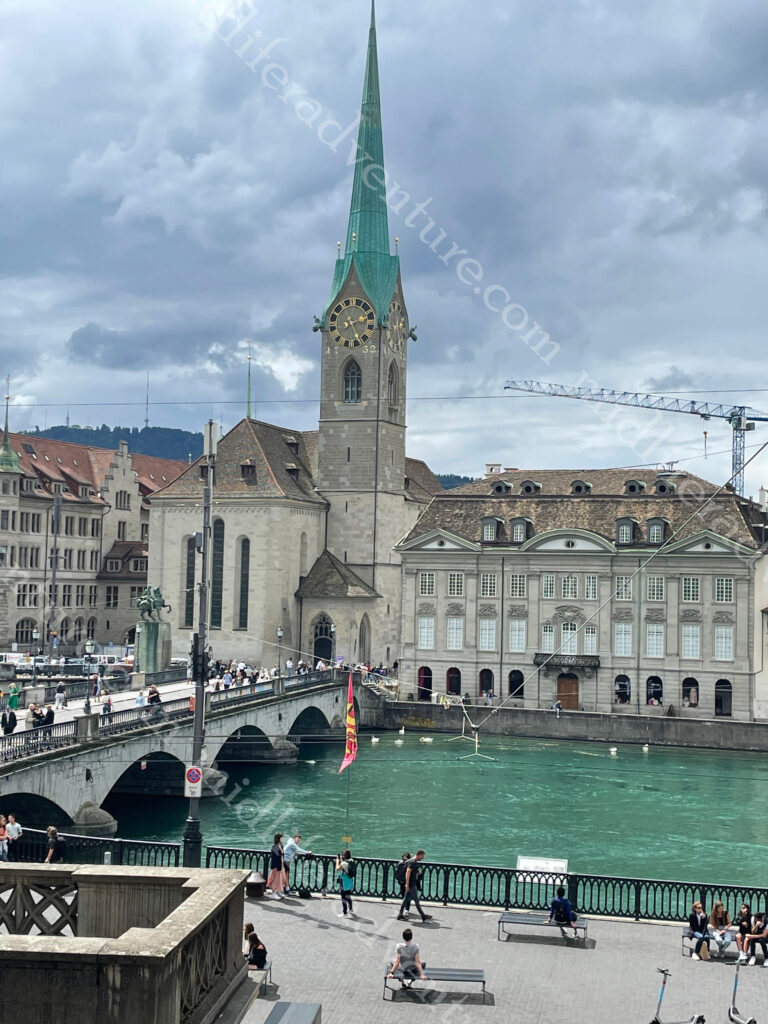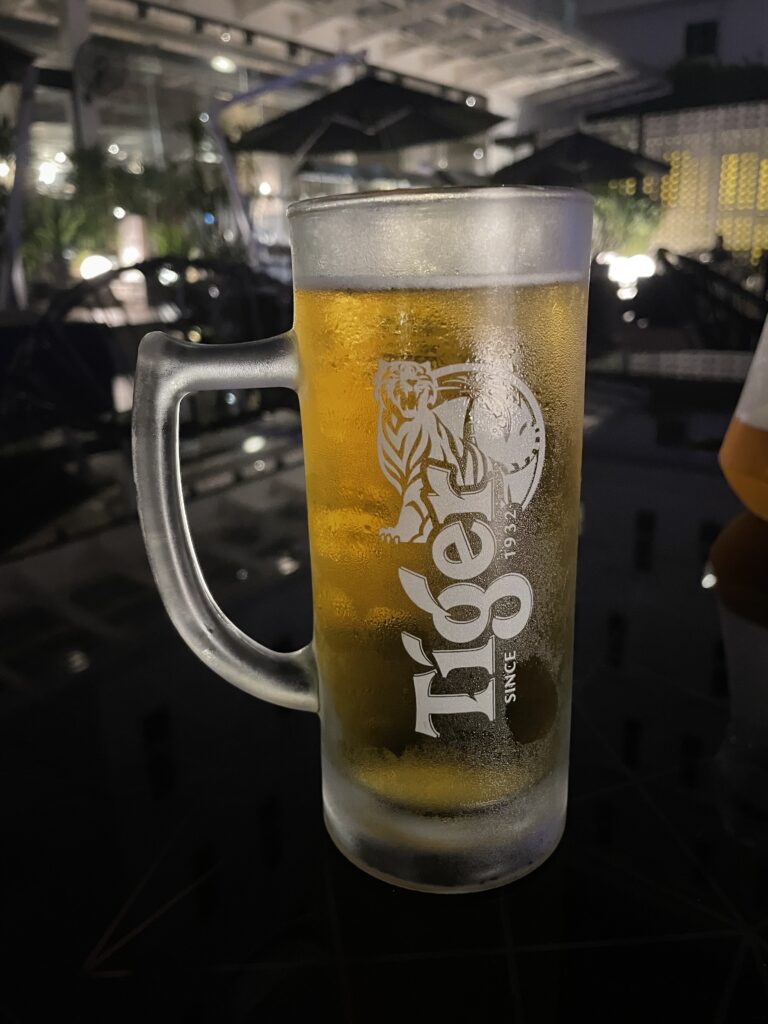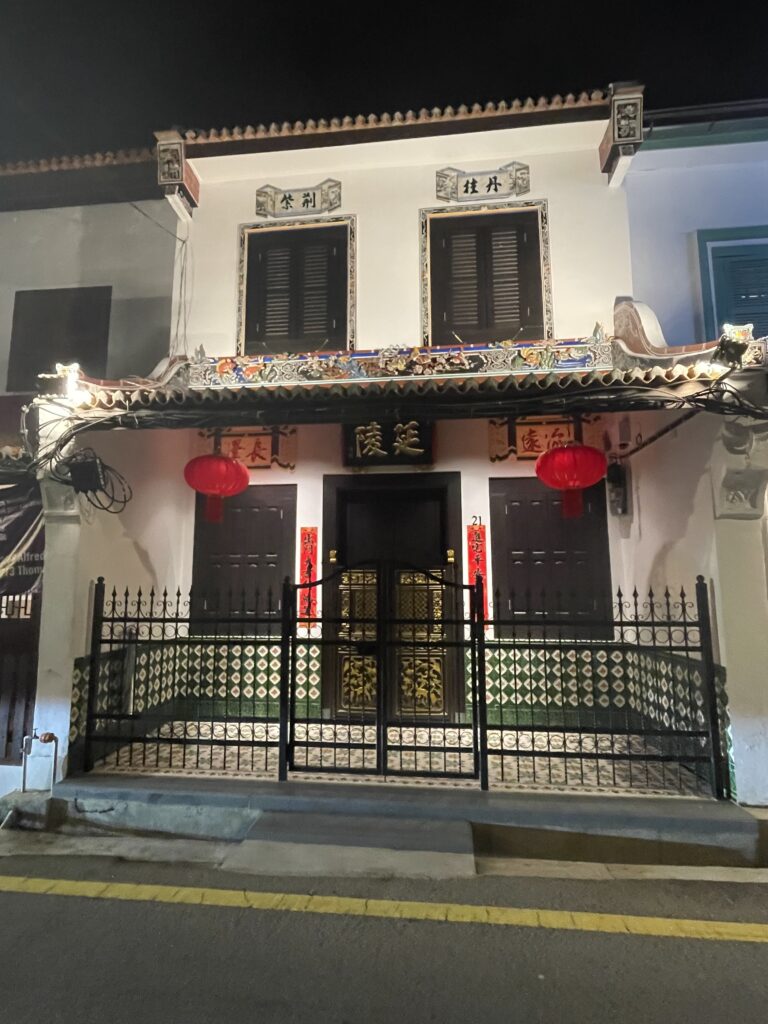
Portugal is the westernmost country of continental Europe and includes the island groups of the Azores and Madeira (both autonomous regions in the north Atlantic Ocean.
It has existed as a country since the 12th century (originally as a monarchy) but has evidence of civilisation dating back beyond 10,000BC. The nation was integral in the discovery and exploration of Africa and South America.
The Portuguese empire differed from the Spanish empire because the Spanish conquered large areas of land while the Portuguese preferred to control only major trading ports. Throughout the 15th century, Portuguese explorers sailed the coast of Africa, establishing trading posts for commodities, ranging from gold to slavery.

The Portuguese empire created colonies in Africa including Angola, Mozambique, Guinea. Added to this was the islands of the Azores, Madeira, Cape Verde Islands (off the coast of Mauritania-Senegal), and Sao Tome and Principe (islands in the Gulf of Guinea). Then there were the major ports of Cochin, Goa (in India), Colombo (Sri Lanka), Macao (China) and Nagasaki (Japan) in East Asia and of course Brazil.
Lisbon
OK, so we have been to Europe about 6+ times now and this was our first foray into Portugal. How stupid are we? This place is fantastic. We got off the plane and grabbed (a really cheap) Uber to our hotel. The driver was the nicest and most helpful person we had ever met, to the point where we both commented on it. Until the next day when we got our next Uber to the Monastery when the same thing happened, and then again on the way back.
These people are just super friendly and want to ensure that everyone who visits enjoys their time. Add to this that the pricing is more than reasonable for everything and the sights have a nice mix of natural beauty and old world charm how can you go wrong here.
We were not really blessed with the weather here, it rained for two and a half of our three days here. We got the odd glimpses of sunshine (particularly on day one) and in between there were some some pretty soggy days. Our day two was on and off sunny with the skies changing every 10 minutes or so until it finally settled in.
Our hotel was perched high on the hilltop in oldtown, which sadly had been built on the side of a damn mountain. As beautiful as the views were, it meant that everywhere we went was either up, or down, a ridiculously steep hill.



Finding your way around the old town could not be simpler, just follow the tram tracks. Be sure not to be run over by cars, trams, tuk tuks, bicycles, vans etc, that are all competing for the narrow road, but just follow along and you will pass pretty much everything that there is to see.


The tram goes past almost all of the tourist spots in the old town and centres around the main square, Praca do Comercio. This will include the churches, palace, castle, bars, cafes and restaurants. As long as you can see the tracks, you will see the bits.





Jammed in the middle of the tracks you will find Sé de Lisbon. This cathedral started being built in 1147 and ended in the first decades of the 13th century.
The tram tracks quite literally split and run either side of the triangular street entrance.

Castelo de S. Jorge Stands on Lisbon’s highest hill and offers panoramic views of the city. The fort dates back to Moorish times (11th century), and has served as military barracks and royal chambers. Currently, it functions as a national monument, museum and archaeological site, with fantastic views and great gardens. And if this is off season, I hate to see the lines in peak times.



Lisbon’s central park is named Edward VII Park taking up 26 hectares in the middle of town. It was named as a tribute to the British Monarch.

Mosteiro dos Jeronimos (Jerónimos or Hieronymites Monastery) was originally donated to the Order of the Friars of St. Jerome. Construction began in near the launch point of Vasco da Gama’s first journey. Its construction lasted for a hundred years and was funded by a tax on the profits of the yearly Portuguese India Armadas. The day of our visit the weather kept coming and going, alternating between blue skies and torrential downpours.







To say this place is impressive is a massive understatement. Everywhere you look is a different aspect of the place and the intricately carved windows and openings act to frame the next amazing sight.










Portuguese Custard Tarts (Pasteis de nata)
Lets not be silly we have all eaten these. Whether it is the cheap boxed up ones in Costco, or the ones after a Chinese Yum Cha (bearing in mind that Shanghai was one of the Portuguese territories), or just from some dodgy bakery that does them. And they are always good, even the shitty ones are great, with their signature flaky crust and sweet custard filling they are world-famous, and incredibly delicious.





But now we are at their point of origin, and sadly, all others pale by comparison to the original version. It was created by monks at the Jerónimos Monastery and has certified origin. The original recipe is called Pastel de Belém and we found our way to Pasteis de Belem which is right next to the monastery and is recognised as their true home. And in case you were wondering, they were good.


Literally across the road from the Monastery is a park and the Discoveries Monument which serves as a monument to Portugal’s Age of Discovery on both land and sea.
The monument was reconstructed in 1960 to mark 500 years since the death of the Infante Dom Henrique (Henry the Navigator).


A few hundred meters down the bank of the Tagus River you find yourself at Torre de Belém. This is a 16th-century tower that is a mix between a medieval keep tower and a modern bastion. It was built to guard the river entrance into Lisbon’s harbour.
That evening we found our way down to Praca do Comercio which is one of the biggest squares in Europe, this stylish area in downtown Lisbon often displays beautiful works of art and sculpture and is a great place for a leisurely stroll.








The Aqueduto das Águas was built in the 18th century to supply water to the town. Its construction was funded by special levies on meat, olive oil and wine. It stretches 14 kilometres and can now be visited as a tourist attraction.

The blurb for the Museu Nacional do Azulejo said that it was a must-see for people interested in the history and design of ceramic tiles. Now lets be serious here, that is not a title that I have particularly aspired to. But being in Lisbon, you do get a fair old appreciation of the ceramic tile as almost every building is finished (on the outside) with them. Looking at the photos of the museum, if it is your thing, then this specialty museum does house an impressive collection of decorative tiles dating from the 15th century to now.






The Coaches Museum is one of Lisbon’s most visited attractions, and is a collection of fairytale type carriages that have been used by the royalty and nobility of Europe over the centuries. While most European royal carriages were destroyed over time (especially in Paris after the French Revolution), in Portugal they were preserved. Most of them date to the 17th to 19th centuries, but the oldest example dates back to the late 1500s.




Brazilian BBQ – Portuguese Style
On our third Uber ride, our driver asked us if we liked seafood, which of course we do. He then went on to tell us that in Portugal, they do a similar thing to the Brazilian BBQ but instead of using meat, they do it with seafood. He told us the best place in town and the price came out to about 450 Aussie per head. Well if that is not a done deal then I don’t know what is.
So we headed down to the main square, took our happy snaps of the square and then headed to a little wine bar (as we were early for our reservation. A funky little place called shoes and booze. We had a drink and watched the waitress just dancing around having a great time enjoying her work. When we ordered the second round she asked Jill if she just wanted the bottle as it was 4.50 for a glass or 12 Euros for the whole bottle. The chat continued and we got invited to a private party back at the bar (with live music) the next evening.


Anyway back to the seafood, we made it to the restaurant and ordered the all-you-can-eat thing and it arrived with some interesting fare. The prawns, mussels, crabs and clams were all good and even the crab head mousse was good, but it was the whelks and barnacles that threw us a little. We had to seek guidance on just what part and how to eat the barnacles.





The construction of the Christ the King monument was approved on 20 April 1940, as a plea to God to release Portugal from entering WWII.
The monument consists of a 82 meter pedestal with a 28 meter image of Christ.
Perched on the opposite side of the river the figure of Christ has its arms extended out facing the city of Lisbon, as if to embrace the city.

Long story short, apart from the weather, Lisbon was fantastic and we will need to come back as there is so much more to explore and do. It became very clear that the time that we had allotted was insufficient for the amount to see and do. This was further hampered by the rain that kept us hiding more than exploring.
The prices are more than reasonable and the friendliness of the people was just amazing. And I think that both Jill and I can fit another egg tart or two in, and for the record, even the shitty ones remain good. And there is so much more that missed out on seeing.

































































































































































































































































































































































































































































































